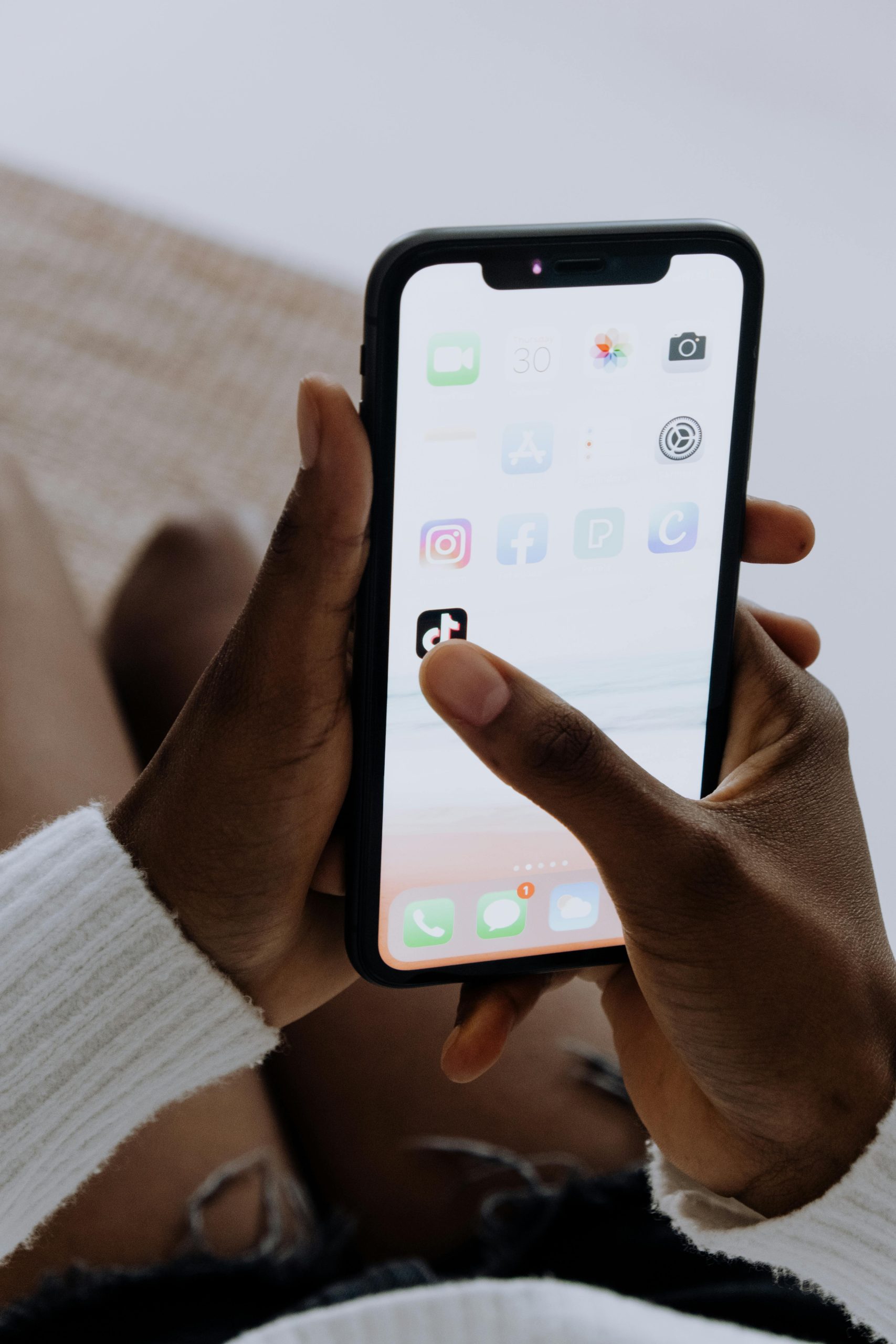Understanding Why Social Media Apps Suggest Mapped Areas When Using Certain Words
In recent times, many social media users have noticed a peculiar trend: when typing specific words or phrases, their apps unexpectedly suggest or display mapped locations. This phenomenon has been reported across various platforms, including Messenger and Snapchat, sparking curiosity and, in some cases, concern among users.
What Is Causing Location Suggestions When Typing Certain Words?
The integration of location-based services within social media applications aims to enhance user experience by providing relevant suggestions, such as nearby places, event venues, or points of interest. However, the way these suggestions are triggered can sometimes seem unpredictable or intrusive.
Several factors contribute to this behavior:
-
Keyword-Triggered Location Data:
When certain keywords are entered—such as “restaurant,” “concert,” or specific landmark names—the app might automatically fetch and suggest locations related to those terms. This is intended to streamline the user’s process of sharing or locating places. -
Contextual and Personal Data Usage:
Social media platforms collect data about your interactions, preferences, and previous location check-ins. This data influences the suggestions you receive, making them more personalized, but sometimes unexpectedly so. -
Algorithmic Predictions:
Modern algorithms analyze language patterns and user behaviors to predict and suggest relevant content. When particular words are used, these systems might prioritize location data to enhance contextual relevance. -
Permissions and Settings:
Apps often request access to your device’s location services. If granted, these permissions enable more accurate and targeted suggestions, which can result in mapped suggestions even when you haven’t explicitly looked for locations.
Is This a Cause for Concern?
While this feature can be helpful, increasing awareness of these suggestions can understandably lead to feelings of discomfort or privacy concerns. It is essential to understand that such behaviors are typically tied to the app’s effort to improve user engagement and relevance, not necessarily to any malicious intent.
How Can Users Manage These Features?
-
Review App Permissions:
Regularly check and adjust location sharing settings within each app to limit unnecessary data sharing. -
Adjust Privacy Settings:
Many platforms allow users to control the degree of personalization and location-based suggestions. -
Be Mindful of Keyword Inputs:
Recognize that certain words may trigger location suggestions and consider this when typing. -
Update and Monitor Apps:
Keep applications up-to-date to ensure you have the latest privacy controls
Share this content:



